|
The 15 victims
The Greater Manchester doctor Harold Shipman has
been found guilty of murdering 15 women - making him the biggest
convicted serial killer in the UK in recent history. He was also
convicted of forging the will of one of them.
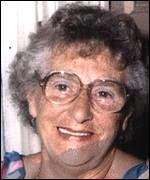
Marie West
Harold Shipman murdered Marie West, 81, at her
home on March 6, 1995, unaware that her friend was in the next
room.
Marion Hadfield was waiting in the pensioner's
kitchen while Dr Shipman injected Mrs West with diamorphine.
Shipman later claimed that Mrs West had died of
a massive stroke. Police found her medical records at the doctor's
home.
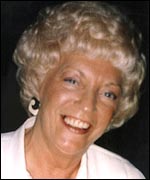
Irene Turner
Mrs Turner, 67, had a complicated medical
history and had recently returned from holiday with a cold when
she was visited at home by Shipman on 11 July, 1996.
The doctor killed her with a morphine injection.
As she lay dying, Shipman then asked neighbour Sheila Ward to pack
clothes for Mrs Turner as she needed to go to hospital.
Shipman later claimed Mrs Turner died from
diabetes. After exhumation, Mrs Turner's body was found to contain
morphine.
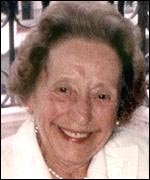
Lizzie Adams
Harold Shipman claimed he had phoned an
ambulance for Lizzie Adams when he was discovered in her home on
28 February, 1997 by one of her friends.
He then pretended to cancel it when it was clear
the 77-year-old dancing teacher was dead. Phone records show no
such calls were made.
Shipman said she died of pneumonia. Her medical
records were found in a carrier bag in his garage.

Jean Lilley
Shipman called at Mrs Lilley's home on 25 April,
1997. A neighbour saw him leave and went to see her friend, but
found her dead.
Shipman said the 59-year-old had died of heart
failure. A pathologist found no evidence of severe heart problems
and found cause of death to be morphine poisoning.
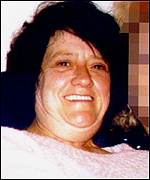
Ivy Lomas
Dr Shipman killed Ivy Lomas, 63, at his surgery
on May 29, 1997. He then carried on seeing other patients before
telling anyone she had died. He also altered her medical records
two days later.
Shipman told police and his receptionist
conflicting stories of how she had died. The court heard how the
GP had considered Mrs Lomas a "nuisance", because she was such a
regular attender at the surgery.
He joked about having a sign over seats in the
waiting room saying "Reserved for Ivy Lomas".
Muriel Grimshaw
Mrs Grimshaw, 76, was found dead in her home on
14 July, 1997 by her daughter Ann Brown. Dr Shipman claimed she
had died from a stroke and hypertension.
He then altered her medical records to hide her
cause of death. Mrs Grimshaw's body was exhumed and a pathologist
found high levels of morphine.
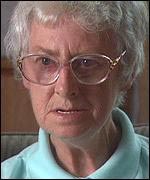
Marie Quinn
Dr Shipman killed Marie Quinn by injecting her
with morphine at her home on 24 November, 1997.
He told her son that Mrs Quinn had phoned him
saying she thought she'd had a stroke. The doctor said she was
dead by the time he arrived at her home.
Phone records show no such call was made. Nor
was there any evidence that Mrs Quinn had suffered from problems
he said she had.
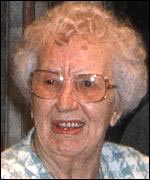
Kathleen (Laura) Wagstaff
Harold Shipman confused Mrs Wagstaff with
another patient and called at the wrong house.
After injecting the 81-year-old with morphine on
9 December, 1997, he claimed her death was due to heart disease.
Shipman also said he had received a call to
attend Mrs Wagstaff - but records show no such call was made and
no evidence of heart disease was found.
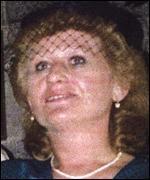
Bianka Pomfret
Mrs Pomfret phoned Shipman for a home visit on
10 December, 1997, and she was later found dead in her chair.
Shipman claimed she had heart trouble and had died of coronary
thrombosis and ischaemic heart disease.
Experts founds Shipman had altered Mrs Pomfret's
records, in the hour before her body was discovered, to generate a
backdated history of heart disease.
A pathologist found excessive morphine levels in
her exhumed body.
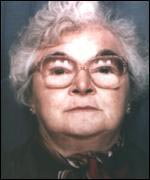
Norah Nuttall
Shipman visited Mrs Nuttall at her home on 26
January, 1998. Less than an hour later her son returned to find
his mother slumped in a chair.
Dr Shipman said he had called an ambulance; when
Mrs Nuttall was found to be dead he pretended to make another call
to cancel it.
Phone records showed the GP had neither ordered
nor cancelled an ambulance.
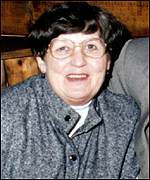
Pamela Hillier
Mrs Hillier was an active 68-year-old who was
stripping wallpaper the week before her death. She was found dead
on 9 February, 1998, by paramedics who said the police should be
told.
Dr Shipman said she had died of a massive stroke
and there was no need for a post mortem.
Police computer experts found he had made 10
changes to her medical records in the two hours before her body
was found to support his diagnosis.

Maureen Ward
Miss Ward, 57, had been suffering from cancer
but was not in ill health at the time of her death on 18 February,
1998. Shipman reported her death to the warden at the flats where
she lived, saying the cause was a brain tumour.
Shipman murdered her using diamorphine, before
reporting that her sudden death had been caused by a brain tumour.
He then altered her medical records to suggest
her cancer had spread to her brain. But a cancer specialist who
had seen her a month earlier told the court there were no signs
that her cancer had returned.
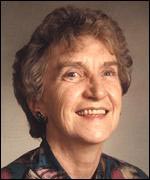
Winifred Mellor
Mrs Mellor, 73, was found dead in her chair on
11 May, 1998, having been complaining of a sinus problem. Shipman
was reported to have visited her earlier in the day.
After a cursory examination of Mrs Mellor,
Shipman claimed she had died of coronary thrombosis - despite the
fact she was fit enough to go on a two-hour walk only weeks before
her death.
After poisoning her with morphine, Shipman
altered her medical records to make it look like she had
complained to him of chest pains.
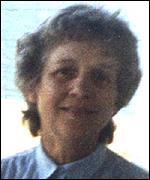
Joan Melia
Mrs Melia, 73, visited Shipman at his surgery on
12 June, 1998, suffering from a chest infection. He made a house
call to her the same day and she was later found dead in her
chair.
The GP did not bother to examine Mrs Melia
before issuing a death certificate for pneumonia aggravated by
emphysema.
A pathologist later found evidence of morphine
but not of serious lung problems.
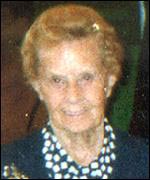
Kathleen Grundy
Mrs Grundy was in good health and very active
the day before her death on 24 June, 1998. She was visited by
Shipman early that morning for a blood sample and was later found
dead, sitting on her settee.
When her body was exhumed one month later, high
amounts of morphine were found. There was no record of any blood
sample having been taken and Shipman also falsified written and
computer records to make it look as though Mrs Grundy was a drug
abuser.
Shipman was also charged with faking Mrs
Grundy's will, changing it to look as though she had left all her
£400,000 estate to him.
Police said the 'will' was typed on a typewriter
found at Dr Shipman's office and that the signatures of Mrs Grundy
and the witnesses had been forged.
|















